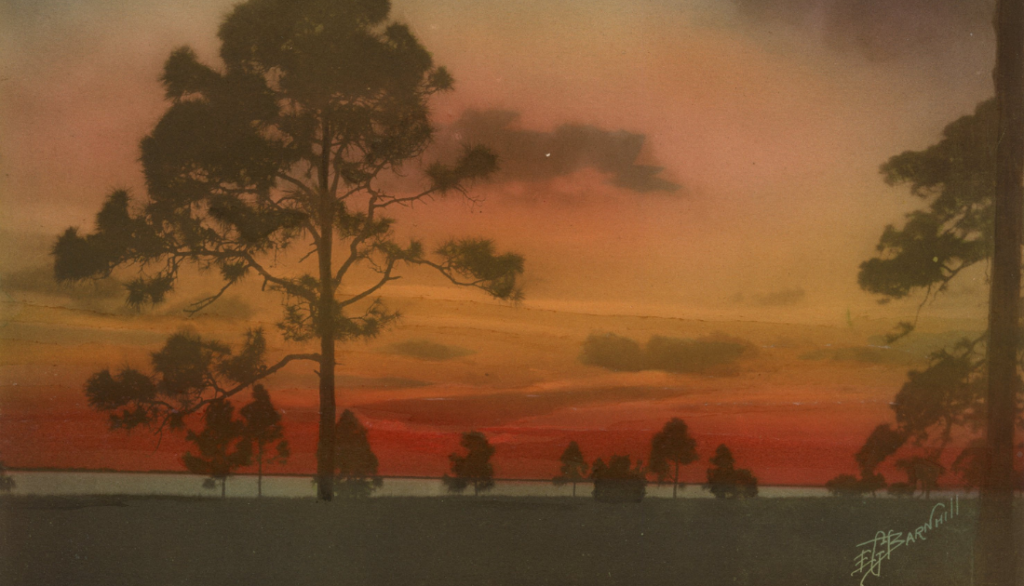
True to the TintThe Quest for Color Photography
June 1 through September 22, 2024
Almost from the moment that photography was invented—an artistic medium that recorded the physical world in extraordinary, mirror-accurate detail—artists wanted to find a way to capture color in those images. This exhibition explores the history of how artists added life-like tints to the silvery or sooty tones of black and white photographs, eventually leading to the development of color photography. Throughout most of the 1800s, color was added through hand-painting directly onto metal plates, such as Daguerreotypes or tintypes, or onto paper images, such as salt or albumen prints. However, photographers also developed revolutionary techniques to produce even richer, more accurate color. Among these were Opalotypes, a photographic technique printed onto milk glass which, when hand-tinted, produced incredibly realistic effects. By 1900, the quest for photography which could accurately capture all the hues of the prism lead to the invention of Autochromes—the first commercially successful photographic color process. Drawn from both private collections and the Museum of Fine Art’s extensive holdings, True to The Tint offers a chance to look at the remarkably innovative and evocative history of early tinted and color photography.
The exhibition’s title, True to the Tint, is taken from the 1851 article “Photographing in Natural Colors.” That work is one of hundreds that were published during the 19th century which explored not only the development of new black and white photography techniques, but also chronicled the search for how to capture the world in all its hues. The desire to create color photographs reflects one of the greatest artistic goals of that period: realism. While black and white photography captures the world in all its detail, it sometimes lacks the vitality and sense of vivacity associated with color. Indeed, tinted or color images, because of their heightened realism, often evoke a stronger emotional response. Thus for decades photographers sought a way to produce works in color—thus enhancing the evocative, personal, emotive aspects of their works, whether portraits, landscapes, or still lifes.